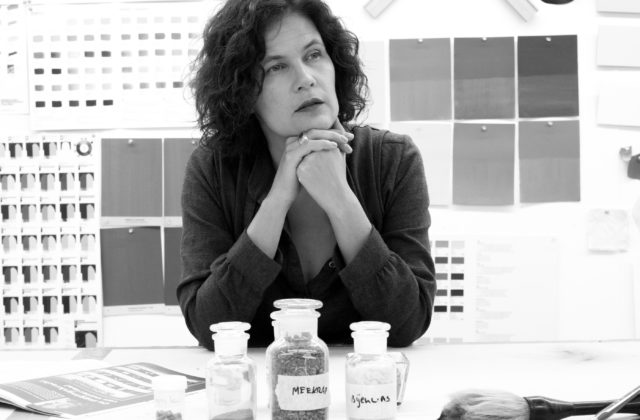Lehmann, Ann Sophie
NIAS-Descartes Theme-Group Fellow

'What of the painter?' Painting as a practice and metaphor in early modern educational texts
What does the frequent use of the term painting in the educational texts by J.A. Comenius tell about the role of media in education and consequently about the formation of visual-material literacy?
Project Description
J. A. Comenius’ educational writings and his Latin primers for children were rooted in earlier encyclopedic educational texts. Yet their consecutive set-up and the ambition to teach through interaction with the real world, helped by pictures and objects, made them innovative and successful. Translated into many languages and used throughout Europe until well into the 18th century, they also present a canon of ideal, basic world knowledge. In all books, the occupations convey knowledge about culture, while knowledge about nature or religion is represented differently. The painter and his craft, which subsumes that of the sculptor and engraver, have a particularly prominent role among the occupations, and its descriptions and depictions connect the Ständebuch tradition to the imminent Encyclopédie. As image and term, ‘painting’ does not only denote the materials, actions and products of artists, but also general knowledge about the meaning and use of images. The minimalist format, into which the knowledge about painting was condensed in the schoolbooks, allows us to form a better understanding which aspects of the visual were considered essential in an increasingly literate society.
Selected Publications
- E. Jorink, A. Lehmann, B. Ramakers eds., Lessons in Art. Art, Education, and Modes of Instruction since 1400 (The Netherlands Yearbook for the History of Art 68), Leiden: Brill 2019
- “Teaching by Heart. Care, Education, and Art”, with Frederiek Bennema, in: Joke Brouwer, Sjourd van Tuinen eds., To Mind is to Care, Rotterdam: V2 2019, 190-211.
- A. Lehmann, “Objektstunden: Vom Materialwissen zur Materialbildung”, in Materialitäten. Herausforderungen für die Sozial- und Kulturwissenschaften, ed. by Herbert Kalthoff, Torsten Cress, Tobias Röhl, München: Fink Verlag, 2016, 171-194.